This article contains spoilers for “Dune: Part One.”
“Dune: Part Two” is the brainchild of director Denis Villeneuve, a sci-fi thriller focused on the desert world of Arrakis. The film is an adaption of the 1965 novel “Dune” by Frank Herbert, starring Timothée Chalamet as Paul Atreides — the son of a duke who has been trapped on Arrakis after losing his family.
In the 2021 film, “Dune: Part One,” we’re introduced to two families, House Atreides and House Harkonnen, who are fighting for control of spice, a valuable resource only found on Arrakis that is essential for space travel. By the end of the film, we find the entirety of House Atreides massacred — with the exception of Paul and his mother Lady Jessica, who fake their deaths to live a new life on Arrakis.
“Dune: Part Two” begins with Paul among the Fremen people, the native people of Arrakis. Views of the mother and son are mixed — some Fremen view them as outsiders, while others, such as the Fremen leader perceive them as fulfilling a prophecy of a messiah who will bring prosperity to Arrakis.
Even as a barren wasteland of a planet, Arrakis has a level of character that makes it feel special. The landscape, while desolate, is breathtaking. There’s miles upon miles of sand dunes (hence the name of the movie), as well as the planet’s signature sandworms, which are used for transportation. It’s a dystopian movie, and these sandworms feel dystopian — they’re gigantic and unlike anything you’d find on Earth.
One of my highest praises for this film is with Villeneuve’s aesthetic choices. Whether it be with all of its futuristic space suits and Arrakis’s apocalyptic landscapes, Villeneuve created a world filled with personality that it seems like we’ve only just discovered. What I like about the film is that it’s not too open with its story — it feels mysterious and gives the feeling there’s more to know that we expect. This is perfectly exemplified with House Harkonnen, villains who do a perfect job of capturing the feeling of the unknown.
The portrayal of House Harkonnen is one of the film’s strongest points — the family shares a common look of pale, hairless skin, unified in all-black attire. It’s an odd look, but it makes them stand out and give off an unsettling energy that sticks. It’s in sharp contrast with the look of the House Atreides, humans filled with character and emotion, something that you just won’t ever see with the Harkonnens.
Villeneuve’s impeccable casting adds a layer of humanity to an otherwise fantastical film. Chalamet embodies Paul’s role as a charismatic, charming leader. We see Zendaya and Chalamet blend so seamlessly together, and their romance on Arrakis just feels so natural. (Though for anyone who’s a fan of actor Tom Holland and Zendaya’s relationship, this movie might be somewhat of a heartbreaker). Though some casting choices felt unexpected, such as the character of Feyd-Rautha portrayed by Austin Butler, the acting was still a pleasant surprise when seeing the team work together.
While I did enjoy the previous film, this second part firmly ranks higher due to Villeneuve’s new creative direction. In an interview with Radio Times, he stated that the film is a true adaptation of Frank Herbert’s “Dune”, and with that being said, many strong decisions were made in order to remain faithful.
“Dune: Part Two,” for anyone into science fiction, is an essential watch. It’s a firsthand account of a different world — a world complete with intergalactic war and a struggle between two families.



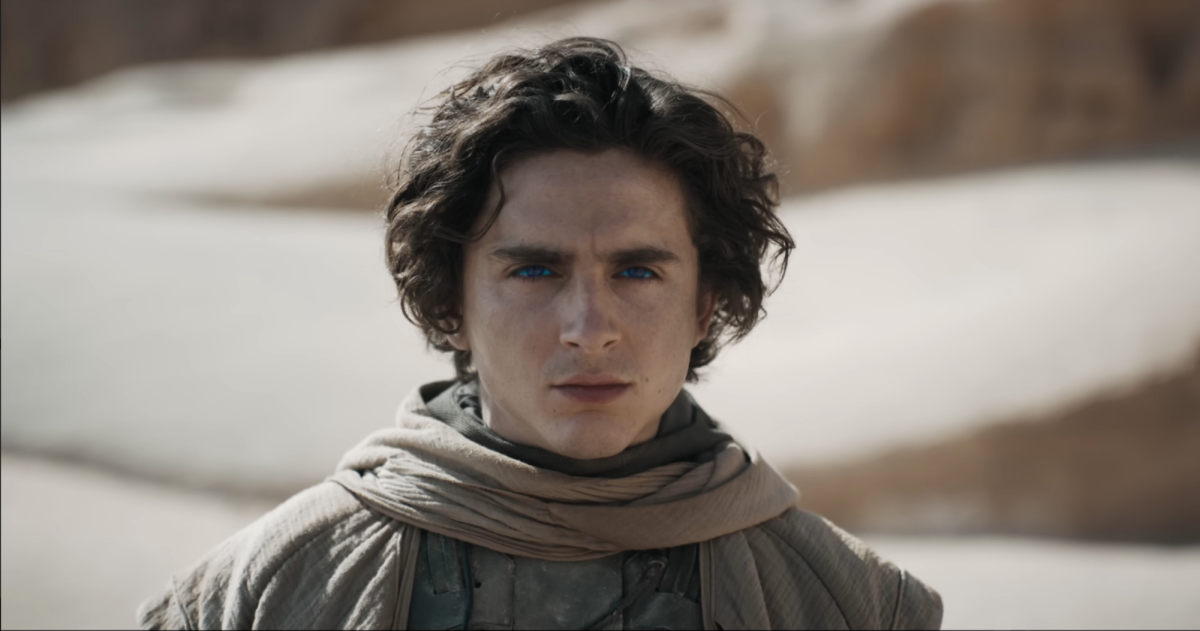








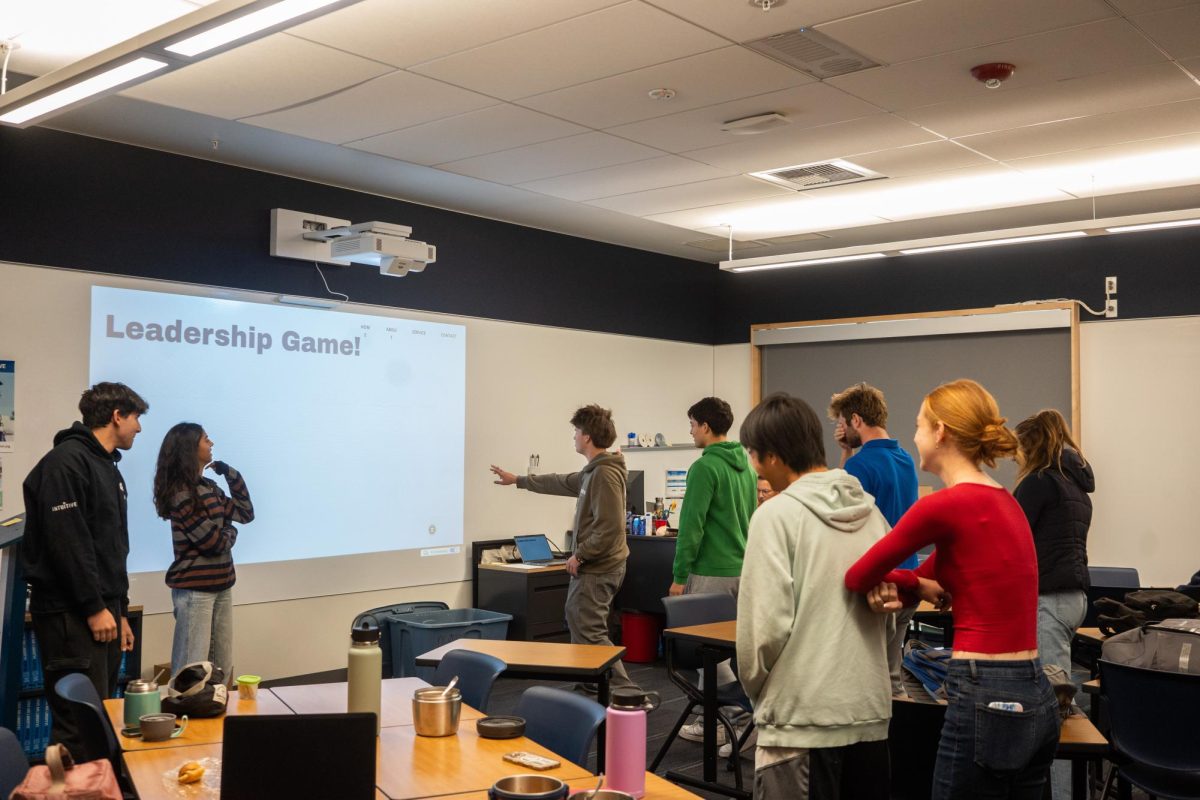
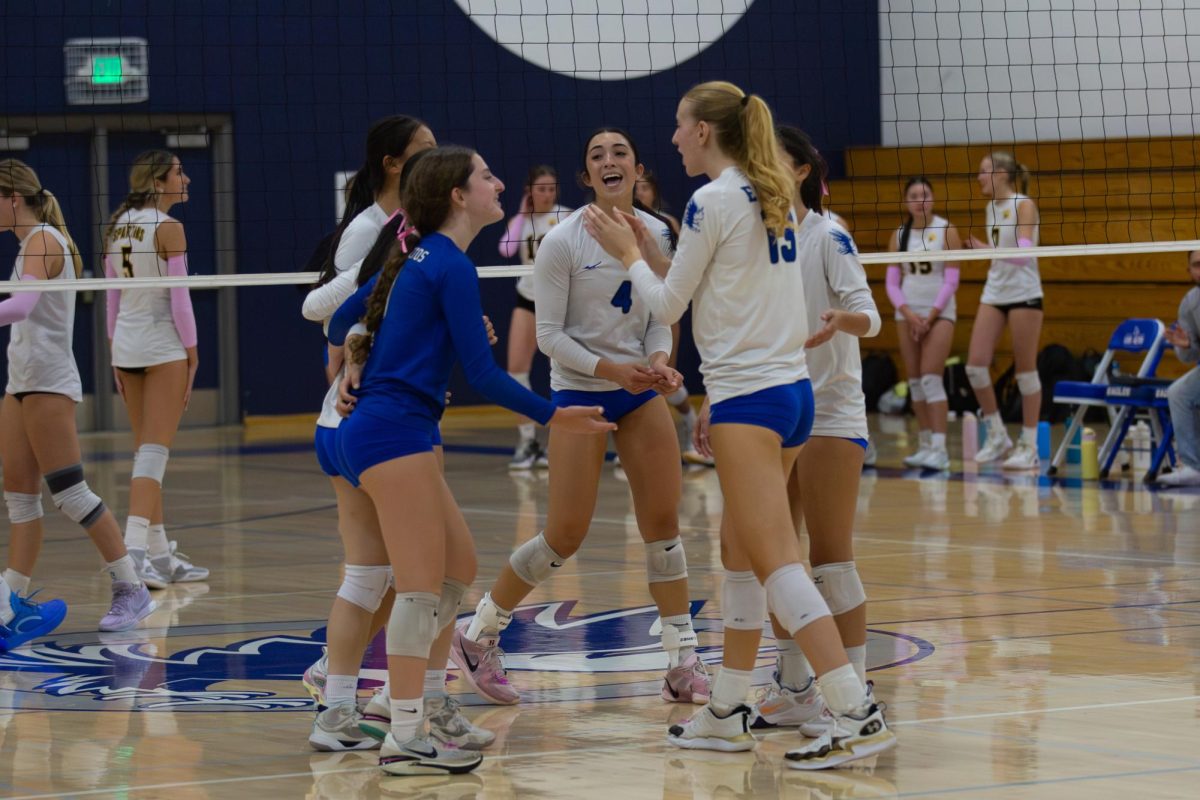
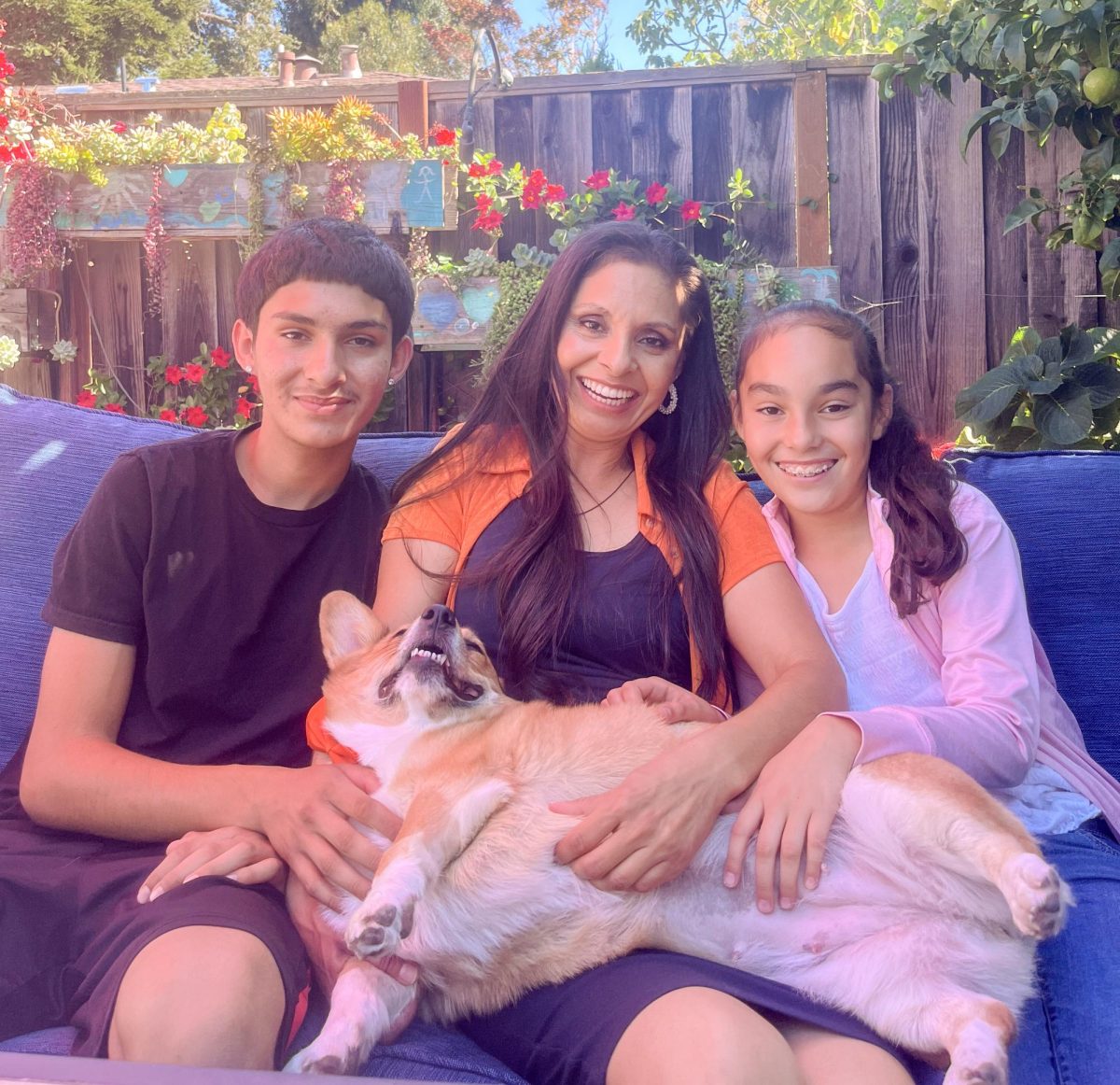

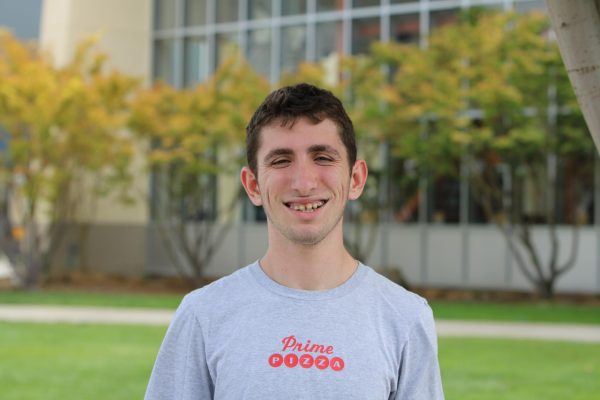
Smartfella96 | Apr 26, 2024 at 12:57 am
I saw the dune movies and understood nothing lol
Nicholas | Apr 25, 2024 at 11:22 pm
Tyler this is amazing! Tyler is muad’dib